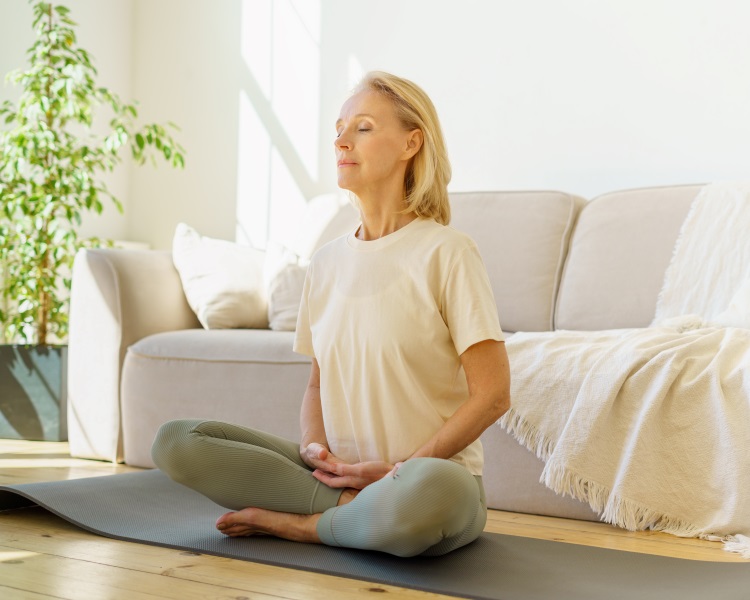Breathe Better with Pulmonary Rehabilitation Exercises

Breathing well is fundamental to maintaining overall health and quality of life, especially for individuals with chronic lung conditions such as COPD, asthma, pulmonary hypertension, cystic fibrosis, or lung cancer. Patients often face challenges like shortness of breath, which can significantly impact daily activities and overall well-being. The anxiety that comes with feeling short of breath can exacerbate the difficulty in breathing, creating a vicious cycle that makes it even harder to manage symptoms. Simple exercises can strengthen the muscles used for breathing, helping to reduce shortness of breath and associated anxiety, ultimately making breathing easier and more efficient.
For many patients diagnosed with chronic lung disease, attending a pulmonary rehabilitation program can be helpful. Pulmonary rehabilitation is a comprehensive program designed to help individuals manage their symptoms, complications, oxygen and medication needs, reduce hospitalizations, and most importantly, breathe better. This improvement in breathing capacity significantly enhances the quality of life. Pulmonary rehab programs typically include education about the condition, supervised exercise classes, breathing techniques, nutritional counseling, and emotional health support. 1,2
Key Pulmonary Rehab Breathing Exercises
Below are some of the most common breathing exercises that can help improve lung function and manage symptoms of chronic lung conditions.
Pursed-Lip Breathing
Pursed-Lip Breathing is an effective technique to slow your breathing and keep your airways open longer, allowing more air to flow in and out of your lungs. This exercise can help you stay calm and is especially useful before becoming physically active or whenever you feel short of breath. To practice, breathe in through your nose for about two seconds, using your abdominal muscles to help fill your lungs with air. Then, pucker your lips as if you’re about to blow out a candle and exhale slowly through your mouth, making a quiet hissing sound. Ensure that your exhale lasts at least twice as long as your inhale. Repeat this exercise several times to help manage your breathing more effectively. 1,3
Diaphragmatic Breathing
Diaphragmatic Breathing, also known as belly breathing, is a technique that helps strengthen the diaphragm, one of the most crucial muscles for breathing. To practice diaphragmatic breathing, lie on a flat surface with your head supported and knees bent. Place one hand just below your ribs and the other on your chest. Inhale slowly and deeply through your nose, allowing your belly to fill with air. Exhale slowly through pursed lips, using the hand below your ribs to gently push in and up. This technique may require practice and can initially be tiring, so start with 5 to 10 minutes, three to four times a day, and gradually increase the duration. Practicing during TV commercials can be a convenient way to incorporate it into your routine. 1,3
Relaxation Breathing & Poses
Gentle, breathing-based exercises offer safe and effective options for improving both physical and emotional health. Tai chi and yoga, in particular, are renowned for their ability to enhance lung health and capacity while providing coping mechanisms for the stress, anxiety, and depression often associated with lung diseases. Tai chi, characterized by slow motions and poses synchronized with breathing, offers a low-intensity exercise that is gentle on the joints and muscles, making it suitable even for those with limited mobility. Often referred to as “meditation in motion,” tai chi can be practiced individually or with the guidance of an instructor, ensuring proper technique and safety precautions, especially for individuals using oxygen or inhalers.
Similarly, yoga combines physical poses with mindful breathing techniques, promoting both physical and mental fitness. While yoga poses can strengthen muscles and improve energy levels, it’s essential for individuals, especially beginners with lung conditions, to prioritize comfort and avoid poses that may hinder breathing. Consulting with a healthcare provider before starting any exercise regimen, including yoga, is crucial, and participating in classes led by qualified instructors who understand individual needs can further enhance the benefits of these relaxation breathing techniques and poses in pulmonary rehabilitation. 4
Chest Physiotherapy & Airway Clearance
Chest physiotherapy and airway clearance techniques play a crucial role in managing conditions characterized by excessive mucus buildup in the lungs and airways, such as chronic obstructive pulmonary disease (COPD) or cystic fibrosis.
Controlled coughing is an essential component, helping to loosen and mobilize mucus deep within the airways without causing collapse, thus improving breathing and preserving oxygen levels. This technique involves sitting upright, folding the arms across the belly, and exhaling forcefully after a deep inhalation, followed by a series of short, sharp coughs. It is particularly effective when mucus is present in the airways or after using bronchodilator medication. 1
Additionally, chest physiotherapy and airway clearance methods include techniques and devices aimed at facilitating mucus clearance. These may include breathing and coughing techniques like huff coughing, positive expiratory pressure (PEP) devices, airway clearance vests, and postural drainage with percussion, each tailored to individual needs and conditions to promote effective airway clearance and respiratory function. 5
Aerobic Exercises & Strength Training
In addition to breathing exercises, strength and aerobic exercise serves as a cornerstone for improving physical health and overall well-being. These sessions, typically occurring two to three times a week, are supervised by healthcare providers who tailor activities to your individual abilities and needs. Starting with short exercises and gradually increasing intensity and duration over time allows for the gradual building of strength and endurance. Throughout each session, providers closely monitor your comfort level and may ask you to rate your effort or breathlessness to ensure safe and effective participation.
Exercises in pulmonary rehab encompass a range of activities, including warm-up and cool-down routines, flexibility training with stretching exercises, and respiratory muscle training, which may involve the use of handheld devices to promote efficient breathing. Endurance or interval training, such as cycling or walking, alongside resistance or weight training with light weights or bands, are also commonly incorporated to enhance heart and muscle strength while optimizing oxygen utilization. Additionally, techniques like transcutaneous neuromuscular electrical stimulation (NMES) may be utilized to stimulate muscle contraction.
Despite the challenges posed by chronic lung conditions, pulmonary rehab provides a supportive environment for individuals to safely engage in physical activity, learn breathing techniques, and make modifications as needed. All pulmonary rehabilitation plans should be developed in consultation with, and approved and supervised by, a lung specialist and primary care physician, as appropriate. Pulmonary rehabilitation empowers individuals to overcome exercise barriers, improve fitness levels, and enhance their quality of life through consistent participation in various activities tailored to their abilities. 2,5
References
[1] “Breathing Exercises for COPD: UM BWMG – Pulmonary Care.” UM BWMG – Pulmonary Care | UM Baltimore Washington Medical Center, www.umms.org/bwmc/health-services/pulmonary-disease/copd/treatment/breathing-exercises. Accessed 12 June 2024.
[2] “How Pulmonary Rehab Helps You Breathe.” American Lung Association, www.lung.org/blog/pulmonary-rehab-helps-breathe. Accessed 12 June 2024.
[3] “Breathing Exercises.” American Lung Association, www.lung.org/lung-health-diseases/wellness/breathing-exercises. Accessed 12 June 2024.
[4] “Yoga, Tai Chi and Your Lungs: The Benefits of Breathing through Exercise.” American Lung Association, www.lung.org/blog/yoga-tai-chi-and-your-lungs. Accessed 12 June 2024.
[5] “What Is Pulmonary Rehabilitation & How Can It Help Me?” Cleveland Clinic, my.clevelandclinic.org/health/treatments/pulmonary-rehabilitation. Accessed 12 June 2024.
The information provided in the article is for general informational purposes only. This information is not a substitute for medical advice. Accordingly, before taking any actions based upon such information, you are encouraged to consult with the appropriate professionals.




